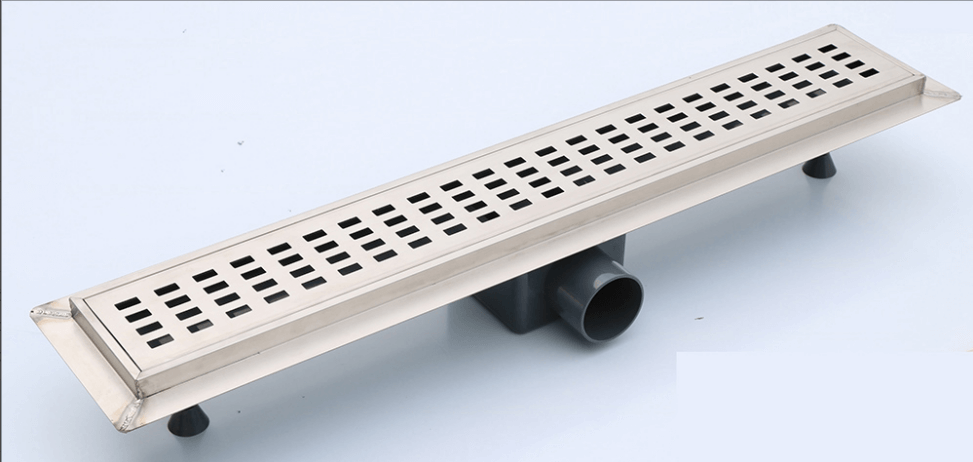Email format error
Email cannot be empty
Email already exists
6-20 characters(letters plus numbers only)
The password is inconsistent
Email format error
Email cannot be empty
Email does not exist
6-20 characters(letters plus numbers only)
The password is inconsistent



When it comes to bathroom renovations or designing a new bathroom, one important aspect to consider is choosing the right floor drain. A floor drain, also known as a shower drain or bathroom drain, is an essential component that helps to drain water efficiently and prevent water accumulation in your bathroom. Here are some tips to help you select the perfect floor drain for your bathroom:
Consider the Drainage Capacity
The first step in choosing the right floor drain is to consider its drainage capacity. The drainage capacity should be able to handle the amount of water that will flow into it. This will depend on factors such as the size of your shower area and the water pressure in your home. It is important to choose a floor drain with a sufficient drainage capacity to prevent water from pooling on the bathroom floor.
Choose the Right Type of Floor Drain
There are several types of floor drains available on the market. The most common types include linear drains, point drains, and square floor drains. Linear drains are long and narrow drains that are installed along one side of the shower area. Point drains are circular drains that are installed in the centre of the shower area. Square floor drains are square-shaped drains that are installed in the corner of the shower area. Each type has its own advantages and disadvantages, so choose the one that suits your bathroom design and preferences.
Consider the Material
Floor drains are available in various materials, including stainless steel, brass, and PVC. Each material has its own characteristics and advantages. Stainless steel floor drains are durable, corrosion-resistant, and easy to clean. Brass floor drains are also durable and corrosion-resistant, but they may require more maintenance to keep them looking new. PVC floor drains are affordable and easy to install, but they may not be as durable as stainless steel or brass.
Installation Steps and Precautions
Installing a floor drain requires some basic plumbing knowledge and skills. The installation steps may vary depending on the type of floor drain you choose. It is important to follow the manufacturer’s instructions and consult a professional if needed. Some general precautions to keep in mind during installation include ensuring a proper slope for water drainage, using waterproofing materials to prevent leaks, and ensuring a tight seal between the drain and the floor.
Cleaning and Odour Prevention
To keep your bathroom floor drain clean and odour-free, regular cleaning and maintenance are essential. Use a mild detergent and a brush to clean the drain cover and remove any debris or hair that may have accumulated. Avoid using harsh chemicals or abrasive cleaners that can damage the drain. Additionally, you can prevent odours by using a drain trap or installing a drain odour stopper. These devices help prevent sewer gases from entering your bathroom.
In conclusion, choosing the right floor drain for your bathroom is crucial for efficient water drainage and a clean bathroom environment. Consider the drainage capacity, type of floor drain, and material when making your decision. Follow the installation steps carefully and take the necessary precautions. Regular cleaning and maintenance will help keep your floor drain clean and odour-free. With the right floor drain, you can enjoy a functional and hygienic bathroom.